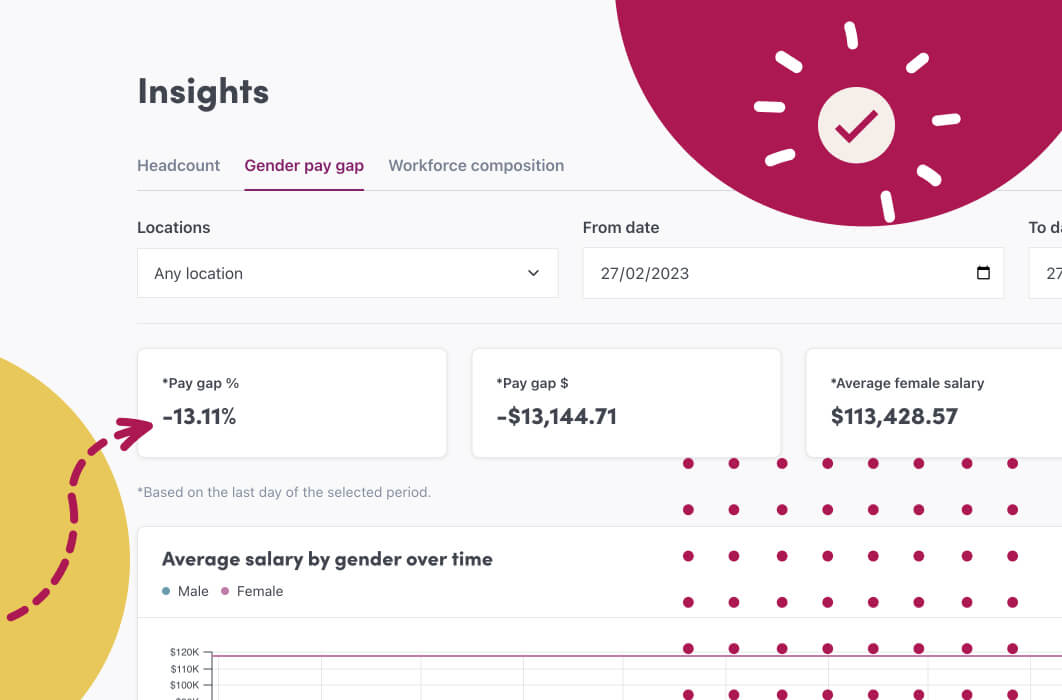Here’s something that may surprise you. Penalty rates and overtime are NOT the same thing. Using these terms interchangeably is quite common, but incorrect. Unsurprisingly, getting pay right can be a confusing task – and it is one of the most important things legal and HR MUST get right.
We continue to see the Fair Work Ombudsman’s focus on ‘wage theft’ and underpayments, with ugly penalties for getting this wrong.
Australia’s wages watchdog recouped almost $150 million for workers in the last financial year. This is a record figure five times greater than the $30 million it recovered three years earlier and an indication employees are being underpaid on a grand scale.
Much of this is down to misunderstanding things like overtime or penalty rates.
What are some of the most frequent INCORRECT assumptions we see (in relation to award-covered employees)?
1. We have agreed an employee’s hours as 40 hours per week. Therefore no overtime applies for that 39th or 40th hour.
2. Employees work 38 hours or less per week, so there can’t be any overtime, regardless of their hours worked on each day.
3. Employees regularly work early or late hours, so no overtime or penalty rates apply (eg, starting at 5.30am or finishing at 9pm).
4. Employees choose their own hours, so not overtime or penalty rates apply if they do work outside ordinary hours.
5. Overtime can’t apply on a Saturday or Sunday, because there are penalty rates for that.
6. All work performed on Saturday or Sunday HAS to be overtime.
7. Part timers working less than 38 hours per week don’t get paid overtime rates if they work up to 38 hours per week – they just get paid at their normal ordinary rate for those hours. How many of the above have you previously misunderstood?
Contact Source for more detailed information. Source HR deep dive into the difference between penalty rates and overtime.
Today we are covering a simple but commonly misunderstood concept, which is the difference between penalty rates and overtime.
What is the difference between penalty rates and overtime?
So in Australia, we have a fairly complex industrial relation system. First of all, we have this thing called the National Employment Standards, which is basically the base conditions for almost all employees across Australia. This sets up things like annual leave is going to be 20 days per year, personal/carer’s leave is going to be 10 days per year, for example. On top of that, we have base conditions that will apply to employees based on the role that they’re performing and, or the industry that they’re performing that role in. And these are contained in what are called modern awards.
Now, these awards will set out all kinds of other conditions, for example, base or minimum rates of pay, penalty rates, and overtime. So it’s really important to know when penalty rates or overtime may apply to make sure that you are applying the correct rates and that you are not subject or putting yourself at risk to an underpayment claim.
What is overtime?
What’s the difference between overtime and penalty rates? So overtime is any time that is worked by your employee in excess of their ordinary hours. And ordinary hours can be set out in the employment contract, and they may also be set out in the modern award themselves. So the modern award might say, for example, ordinary hours can be worked between 7:00 AM to 7:00 PM, Monday to Saturday, let’s say.
So, for example, say I work Monday to Wednesdays every single week, and that’s set out in my employment contract. And then my boss comes to me and says, hey, you need to work Thursday this week. Is that cool? And I agree to that, and I work that Thursday. Now in that scenario, that Thursday is likely to be characterised as overtime, and I should receive overtime rates for all of those hours worked, which may be, for example, time and a half or double time.
Download our free employment contract templates. Curated by Source HR, these contracts are designed for Australian business and are available now
Now, hot tip here. It does not matter that I haven’t worked in excess of 38 hours. There is a misconception that employees actually need to work in excess of 38 hours in order to attract overtime. Now it’s going to depend on the modern award, but often, it doesn’t matter. You don’t need to have done that normal full-time load in order to get the overtime. Sometimes, if you agree to that part-time arrangement and you work in excess of that part-time arrangement, even if it’s up to full-time arrangement, the employee could still be entitled to overtime.
What are penalty rates?
Okay, so what are penalty rates then? Well, penalty rates is time worked by an employee during the ordinary hours of work, but it’s worked at times or days where we have historically said, hey, we should probably compensate an employee for having to work that because they’re not desirable days to work. So, for example, again, say I work Monday, Wednesday, Saturday, the modern award might say, you can work ordinary hours on a Saturday. So I work Monday, Wednesday, Saturday every week. That’s agreed to. Those are my ordinary hours. But on Saturdays, I still might get a penalty rate. That might be, for example, time and a half. Even though it’s part of my ordinary hours, because historically we have said, hey, working on a Saturday, you’re taking time away from your family. You deserve to get a little bit of extra for that time.
So you may, for example, have a scenario where I work Monday, Wednesday, Saturday. Monday, and Wednesday, I may get normal minimum base rates of pay. Saturdays, I may get a different ordinary hours rate of pay, for example, time and a half. And then let’s say my boss asked me to work Thursday in one week. That Thursday could be overtime, and I might receive double time. So, really important to understand the difference between when these things may or may not apply.
Manage your employee contracts
Reduce risk and ensure legal compliance with simple tools to manage policies, qualifications, approval processes and more.
Document Management Software
Subscribe for more Australian employment updates.
Stay in the loop
Worknice partners with Source HR
Who is Source?
On-tap HR services, without the in-house price tag
Worknice has partnered with Source to provide expert advice that leverages our technology platform. Get on-tap access to a team of experienced HR specialists and employment law professionals to help your business and people thrive. Whether you want ongoing HR support on a monthly retainer basis, or you just need HR expertise for specific projects, Source HR can help.
HR Advice + employment law advice
Pair your HR technology with professional services. Access ongoing HR and legal support on a monthly retainer.
It’s never been more critical to have the right support to navigate change, maximise performance, and protect your business. Backed by employment law expertise, Source HR combines operational and strategic HR services alongside the Worknice platform. The Source team gets to know your business intimately and builds a deep, supportive relationship to provide in-house style expertise that is tailored to your business needs.




